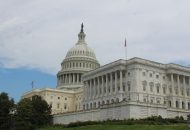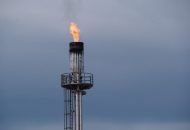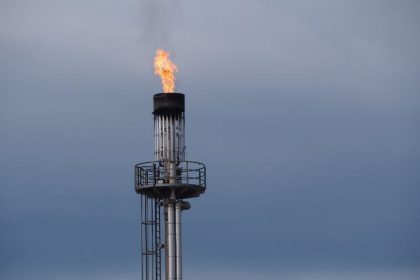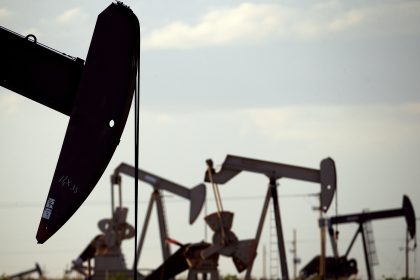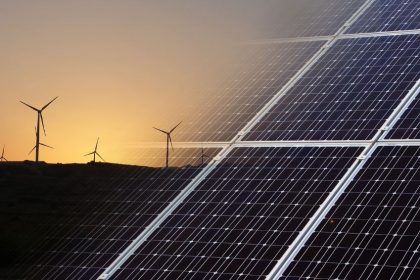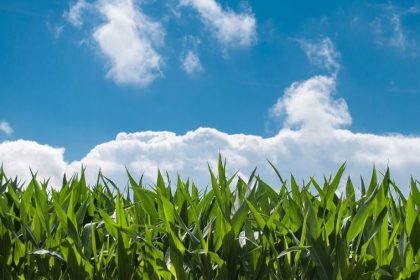How Consumers Created A Pop-Up Gas Crisis
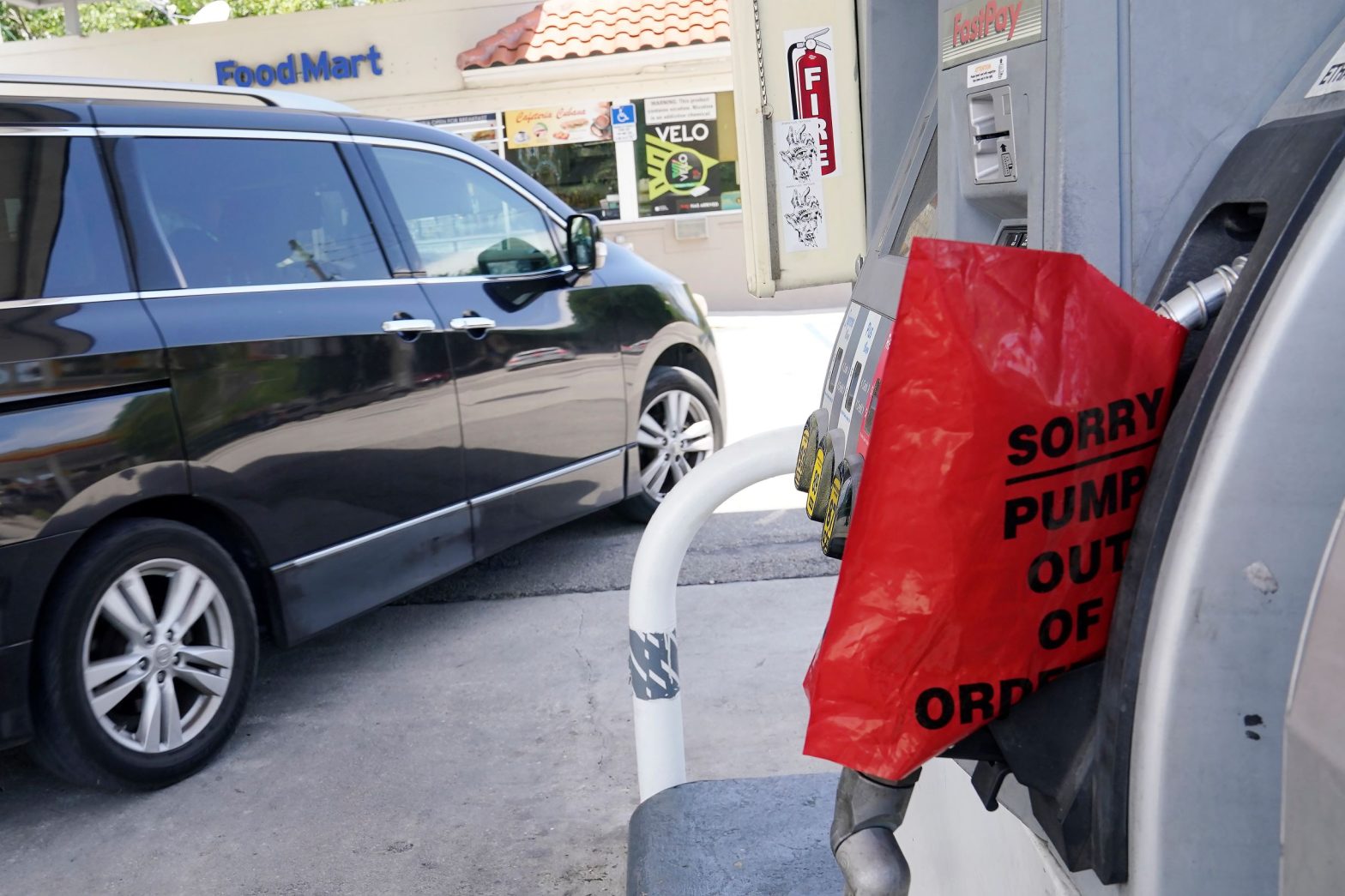
It was a scene that repeated itself at intersection after intersection in the District and surrounding communities in Virginia and Maryland this past weekend.
Desperate-faced drivers, their knuckles taut against their steering wheels, slowly moving past lonely gas pumps and peering into the gas station’s store or office for any sign that though the pumps are dry today, they might be less so tomorrow.
At a time when most believed they’d be thinking of how to enjoy the recent dramatic lifting of coronavirus restrictions, the panic buying of gasoline following a cyberattack on a major U.S. pipeline, clogged gas stations and created shortages in parts or all of 11 states.
As of the end of last week, more than 12,000 gas stations reported being completely out of gas, and what gas was left was going at a premium — well more than $3.25 a gallon — the highest average price in seven years.
Even at the White House, where reporters and photographers tend to take all manner of crises in stride, several could be heard this week describing the long lines they saw at gas stations on their way to work.
“There must have been a hundred cars at this one station,” an astonished photographer said of his trip into town from Alexandria.
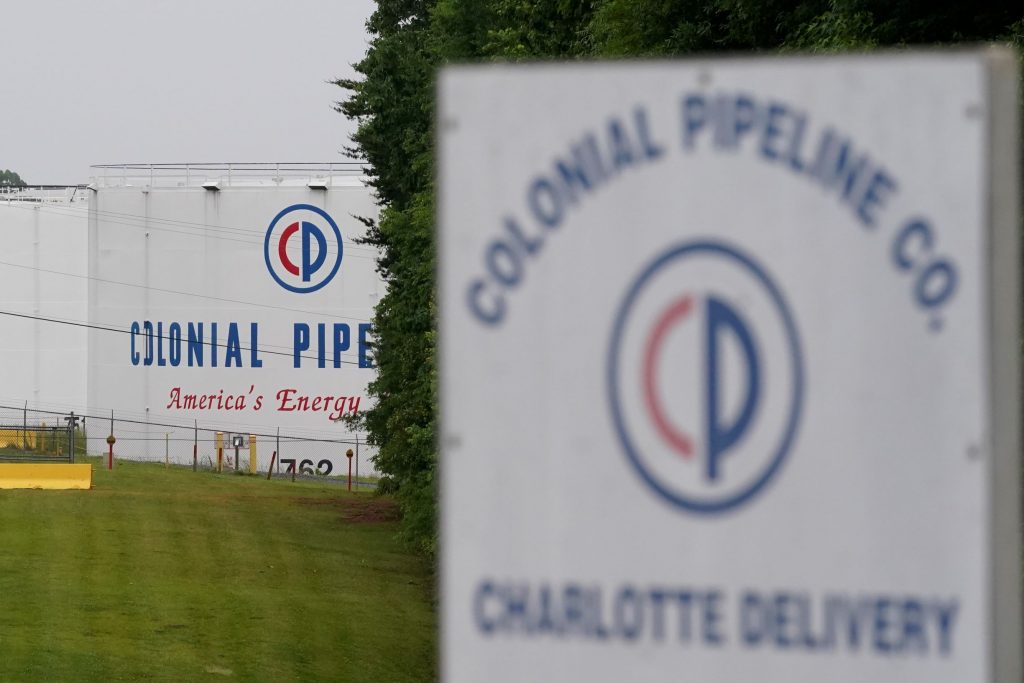
A reporter mentioned he’d already decided to take the metro into town for the duration of the crisis, however long it lasts.
The good news is the Colonial Pipeline, which delivers about half of the transportation fuel to the East Coast from Florida up to New York City, resumed full operations Saturday, eight days after it was shut down by a ransomware attack.
But questions linger. How did this happen? What’s being done about it? And when will business-as-usual resume at my local gas station?
A broader question is what can this teach all of us about how a resource we all rely on in our daily lives — often without a single thought — gets to us in the first place?
Unnatural Disasters
While most major disruptions of energy in this day and age are caused by savage storms and other natural disasters, some are attributable only to the fickle fingers of men and women.
That’s the case with the current crisis. A week ago Friday, a criminal hacking group called DarkSide, based in Eastern Europe or possibly Russia, according to federal authorities, staged a ransomware attack on the systems of Colonial Pipeline, of Alpharetta, Ga.
The company is a particularly inviting target due to the fact that because of its sheer scale — it’s the largest pipeline system for refined oil products in the U.S. — it is well known and often reported about in the press.
The system it operates is also getting older — while the company runs on 21st Century technology, construction of the actual 5,500-mile-long pipeline between Texas and New York began in 1962.
Colonial Pipeline also has a nearly impeccable record of service. Despite the fact it can and often does carry as much as 3 million barrels of fuel per day, it has only had one spate of significant spills, all of them more than 20 years ago.
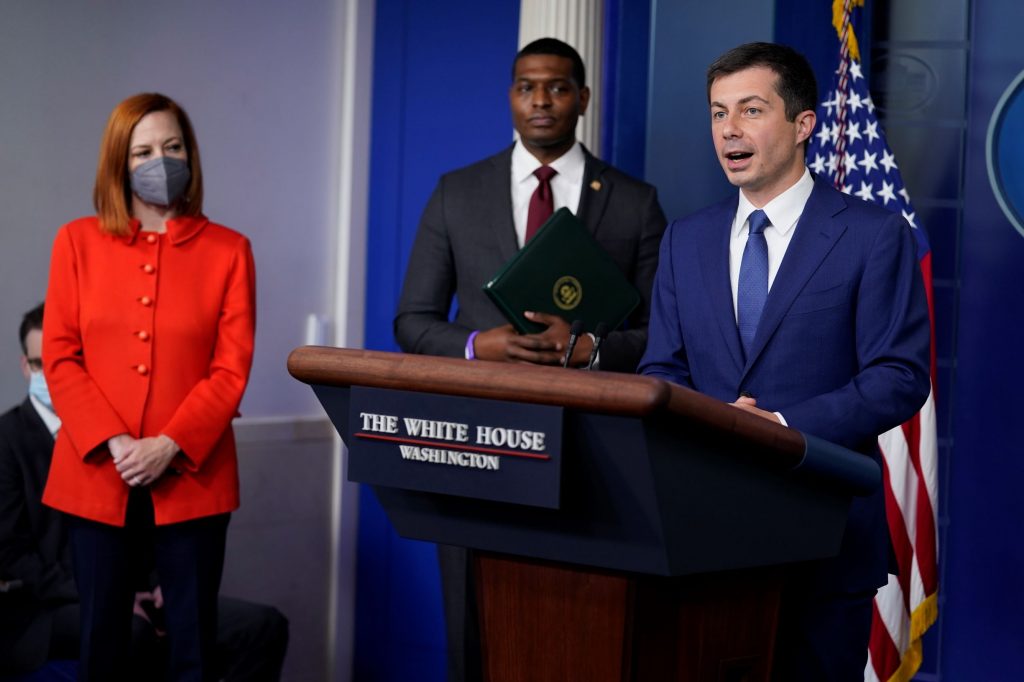
The cyberattack, likely the worst thing that’s happened to the company since its founding 60 years ago, targeted Colonial Pipeline’s information systems, locking up computer systems and holding data hostage.
According to media reports, Colonial quietly paid the extortionists nearly $5 million in Bitcoin to recover its stolen data.
And then, suddenly, there were the gas lines — a phenomena not seen since the two separate oil crises that occured in the 1970s, before nearly half of the current population of the United States was even born.
In each of those cases, in 1973 and 1979, hackers weren’t to blame. It was the Organization of Petroleum Exporting Countries, or OPEC, which had become displeased with an uptick in oil and gas production by the U.S. and other western countries, and increasingly belligerent in the face of the wests’ ongoing support of Israel.
When OPEC flexed its muscle by imposing the oil embargo of 1973, Americans responded by lining up by the hundred hoping to buy as much gas as their gas tanks, gas cans, and sundry other containers could hold.
By the time the embargo was lifted, the United States would be mired in a recession that lasted the remainder of the decade.
This time around, after the cybercriminals attacked, federal officials and oil industry executives were quick to tell the driving public that there were no immediate gas shortages in their communities.
But after a year of the COVID pandemic — a year that began with shortage of toilet paper and personal protective equipment — and which concluded with long lines at COVID testing centers and venues providing shots — few appeared to be listening.
In the District of Columbia, as of Sunday, 80% of gas stations were reporting they were out of fuel, according to Gasbuddy. Meanwhile, more than 34% of stations in Virginia and Maryland were reporting the same.
In North Carolina, 65% of stations had no gas, in South Carolina the number was 51%, in Georgia, 45%, Maryland, 34%, and Tennessee, 29%.
While other states served by the pipeline reported only modest impacts, ranging from 1% of gas pumps being empty in New Jersey to 8% in Alabama.
The panic was so contagious that even in Florida, where most of the state is not supplied by the Colonial Pipeline, 21% of stations reported their gas pumps had run dry.
Even with millions of gallons an hour of fuel now coursing through the pipeline, Colonial has said it could take several days to get the multistate mess straightened out.
“Following this restart it will take several days for the product delivery supply chain to return to normal,” the company said in a statement.
“Some markets served by Colonial Pipeline may experience, or continue to experience, intermittent service interruptions during the start-up period. Colonial will move as much gasoline, diesel, and jet fuel as is safely possible and will continue to do so until markets return to normal,” the company added.
The Biden administration has relaxed road rules and work-hour limits for truckers in 10 states, as well as regulations governing the blends of gasoline that can be sold. It is offering to waive the Jones Act, which normally prohibits foreign-flagged vessels from carrying cargoes between U.S. ports, on a case-by-case basis.
How Does Gas Get Where it is Going?
This is likely a good point to explain exactly how gasoline and other petroleum products made from crude oil and other liquids, make it to the local gas station, department store, and auto supply retailer for purchase.
The first step in the oil supply chain, of course, is production — the harvesting of crude oil from the land and the Gulf of Mexico. Oil production includes drilling, extracting and recovering oil from deposits deep underground.
Short term storage facilities serve as the staging areas for crude oil distribution throughout the entire supply chain. These facilities are a key to resiliency in the entire system.
Next come the petroleum refineries that make gasoline and other products from crude oil.
There are currently 135 refineries in the United States, though no new refineries have been built since the 1970s. Instead, the industry has depended on technological and other advancements to vastly boost refining capacity. As a result of these efforts, almost every drop of gasoline sold in the United States is produced here.
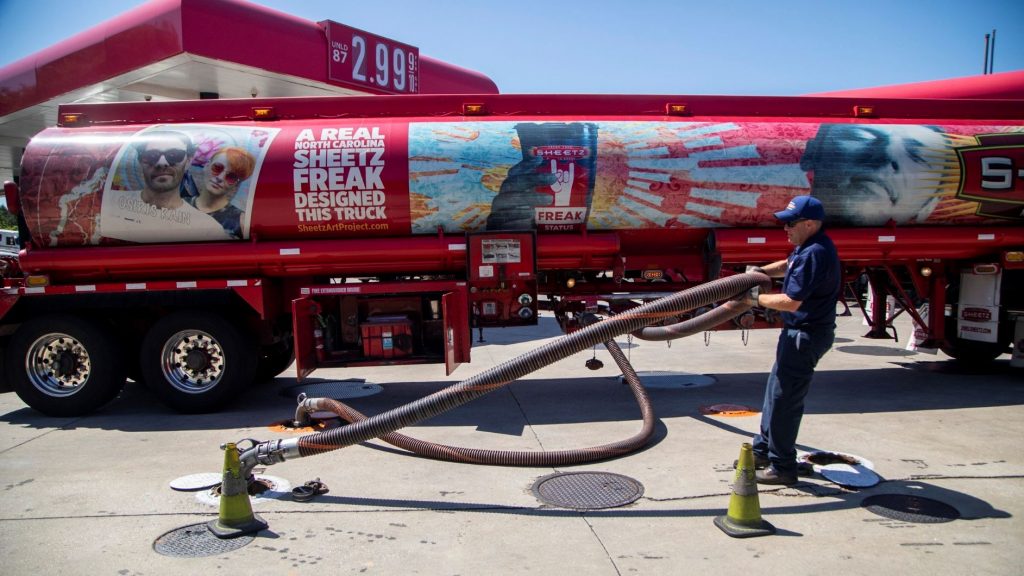
About ½ million barrels of fuel products run through the Colonial Pipeline each day, representing roughly 25% of the Gulf of Mexico’s daily output.
There are 42 gallons in a barrel.
Most gasoline moves from refineries through pipelines to large storage terminals near areas of consumption and transportation hubs.
There are, for instance, fuel storage tanks connected to the Colonial Pipeline system in the Port of Baltimore.
These are the final staging areas for the refined fuel before the point of sale. From the storage terminals, gasoline is usually sent by truck to smaller blending terminals where ethanols and additives are added before gasoline is then delivered – again by truck — to local gas stations.
As one can imagine, the Colonial Pipeline crisis looks quite different depending on one’s perspective.
While panicked drivers were burning what gas they had in a desperate bid to find more at their local gas stations, Gulf Coast refineries continued to operate and storage facilities had more gasoline on hand than they knew what to do with.
“There is not a gasoline shortage,” Susan Grissom, chief industry analyst for the American Fuel and Petrochemical Manufacturing Association, said during a conference call with reporters last week.
“We have an abundant supply of fuel …. We’re just working through the challenges of getting the fuel to each of the customers and communities served by the Colonial system.
“The Colonial Pipeline is a critically important artery to deliver fuels to the East Coast but the industry does have alternatives. But as we’re all seeing, just because these alternatives exist, making the transitions to overground trucking, marine shipping, rail transport, storage, and other pipeline routes is not seamless,” she continued.
“It takes time to reroute massive quantities of product and efficiently make deliveries to the more remote areas that are supplied by Colonial. The additional time and logistics can create a bit of a bottleneck if not quickly resolved and that bottleneck is what would cause Gulf Coast refineries to cut some of their production.”
To avoid that, traders and shippers are seeking vessels to deliver gasoline that would have otherwise gone via the Colonial system. Others are securing tankers to store gasoline in the Gulf, and at least one gasoline-hauling tanker has already halted outside the U.S. Gulf, as traders assess where the fuel will be needed most.
Ryan Streblow, interim president of the National Tank Truck Carriers Association, said his organization has thousands of petroleum drivers on the road trying to “safely meet customer’s needs” while the pipeline is coming back into service.
But he also said the ransomware attack has thrown a renewed spotlight on the fact his industry has long faced a profound driver workforce shortage.
“We are coordinating our efforts hand in hand with government agencies on these issues … and we’ve made continuous efforts to grow the industry’s workforce … but the reality is, even before this incident, our industry has had an immediate need for thousands of driver jobs to be filled across the country.”
Asked how critical the tanker driver shortage is at this very moment, Streblow estimated that there are probably about 10% fewer drivers than there were before the pandemic.
“And you magnify that challenge when you have a disruption in the supply chain,” he said.
Panic Buying Can Overwhelm System
During the same conference call on which Simmons spoke, Rob Underwood, president of the Energy Marketers of America, noted that about 98% of service stations in the United States are independently owned and operated businesses — the backbone of the American economy.
“We have a very sufficient supply system to supply them all,” he said. “Unfortunately the system can be overwhelmed in the time of panic buying.”
“I’m talking to retailers right now who’ve sold several days’ worth of inventory within a few hours. This creates major supply shortages that really don’t do anything to help the process out and doesn’t benefit anyone in the long run,” he said.
A typical gas station with multiple pumps probably has a storage capacity of 30,000 to 40,000 gallons. But many smaller gas stations, true mom and pop operations, may have an underground storage tank that holds only 10,000 gallons.
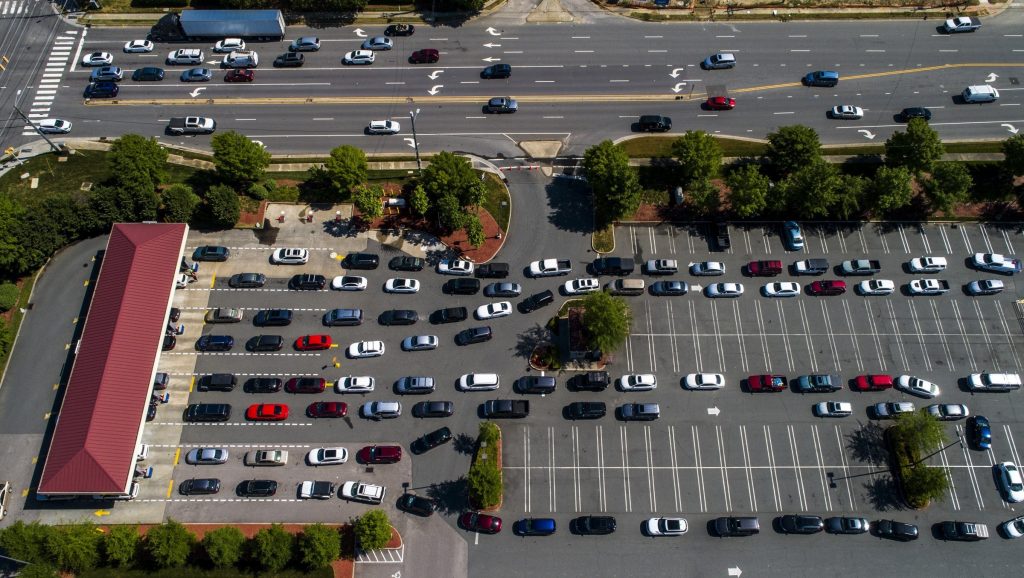
So, using the smaller example, if the average fill-up is 10 gallons, you’re talking about a gas station being able to handle, at most 100 fill-ups a day.
Now, consider the truck delivering the gasoline. Most trucks carry about 8,000 gallons of gasoline. That’s about one day’s total voluum, if the truck dropped all the fuel at one store.
Most, however, don’t do that … and instead make deliveries at multiple stations.
Another factor figuring in the shortage is that despite the prevalence of cars and trucks that run on unleaded fuel, many stations tend to focus on carrying regular gas, because regular gas still accounts for 86% of gasoline sales in the United States.
“So, it is difficult to determine who is open and who isn’t because it all depends on the fuel that came in and how much demand is at that specific location.” Underwood said.
The other thing the public, government officials and oil and gas industry insiders have all been cognizant of is that as the shortage of gas on the East Coast became acute, the price of the fuel that was available for purchase began climbing quickly.
Typical supply and demand, but it’s not, in most cases, the gas station owner who is kicking up the price paid at the pumps.
Pricing decisions are made much further up the supply chain. Terminals are owned by individual petroleum marketers, by common carrier pipeline or terminal companies or by integrated oil companies.
As a result, fuel supplies that are available in excess of that needed to meet contractual obligations are treated as a surplus and sold at a discount.
In a shortage, contractual needs are served first and there is little or no surplus.
As a result, vendors who rely solely on the spot market may be unable to supply critical needs customers during a shortage.
“I can not stress enough that the high prices we’re seeing do not benefit small gas station business owners,” Underwood said. “The last thing we need is high gas prices. The [motoring] public loses, the small business has station loses, and the price gouging laws one hears so much about in these situations do not really help the situation.”
Jeff Lenard, vice president of strategic industry initiatives at the National Association of Convenience Stores, said there are about 121,000 convenience stores that sell gas in the U.S., and that they annually sell enough gas to account for 80% of the fuel purchased in the nation.
The average fuel volume at a convenience store is about 5,300 gallons a day, he said.
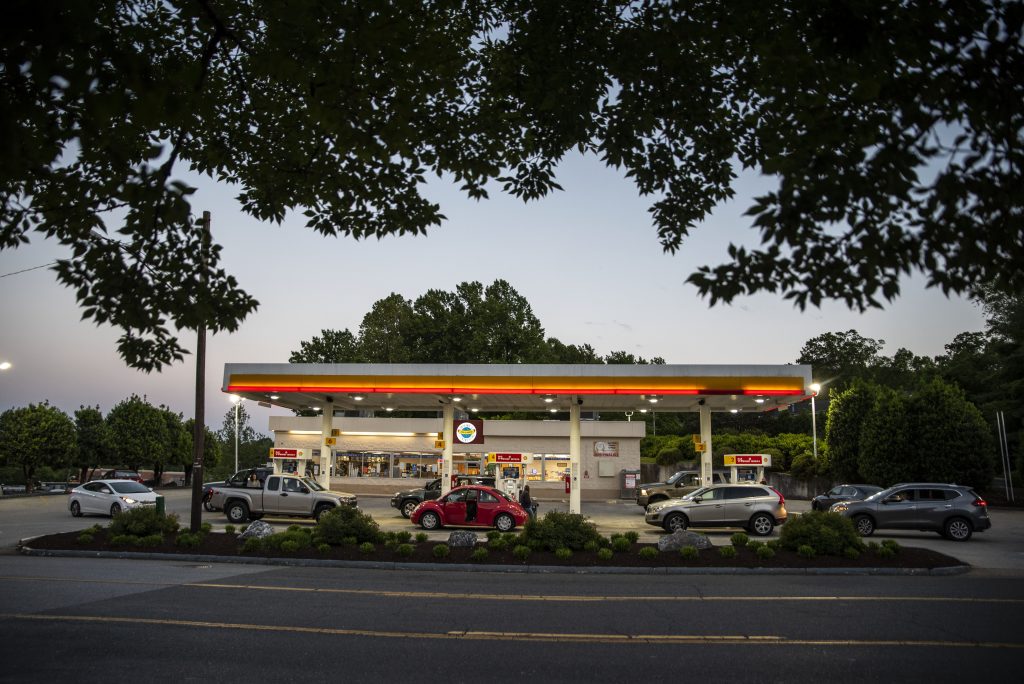
With a network that large, “fortunately or unfortunately, addressing how to keep supply moving in times when the system is not at optimum performance is something our industry is used to,” Lenard said.
“However, this is a little different in that there is a plentiful supply of gas at a time when there is also high demand for … it’s just that there’s a problem in the middle of the distribution system,” he said.
“Of course, from the customer’s perspective, if you really need fuel and you don’t have the ability to get it, you’re not that interested in the semantics — the situation is what it is,” Lenard said.
“[When people see long lines and panic buying] it’s very difficult to explain what’s really going on,” he said.
Lenard stressed that local retailers are doing everything they can to keep their stores stocked with gasoline, explaining that “when your gas station does not have gas, that’s not a good business model.”
“At a typical gas station, about half of the customers go inside the store after they buy fuel and make other purchases,” he said. “We’re seeing very little of that now. People either buy what gas they can and leave, or they wait in line and leave.
“There’s a lot of stress on those lots, and that doesn’t really encourage in-store sales,” Lenard said. “This is a really challenging time for those businesses.”
‘Scarcity Mind-Set‘
Behavioral scientists call the phenomena driving the panic buying at the pump an example of the “scarcity mind-set” that sets in whenever a resource is scarce, even for a short time.
In such circumstances, people get tunnel vision and fixate on how they can get more of that thing they think is scarce.
“Our industry is closely monitoring the impacts of this pipeline outage and working in coordination with federal and state governments to help mitigate supply disruptions to provide the fuels Americans need,” said Frank Macchiarola, senior vice president of policy at the American Petroleum Institute, during the industry conference call.
“We encourage consumers to avoid unnecessary buying and continue to make fuel purchases as they would under normal circumstances,” he continued. “Panic buying and fuel stockpiling has led to sharp increases in demand in some regional markets putting added strain on the system.
“These unusual circumstances would likely lead to fuel supply constraints even under normal circumstances. Everyone has a role t o play in this situation,” Macchiarola said.
“Industry is working to get these systems back to normal operations as quickly as possible. The government is issuing fuel waivers where needed to help bring fuel to consumers. And consumers can help by continuing to make fuel purchases as they normally would,” he added.










